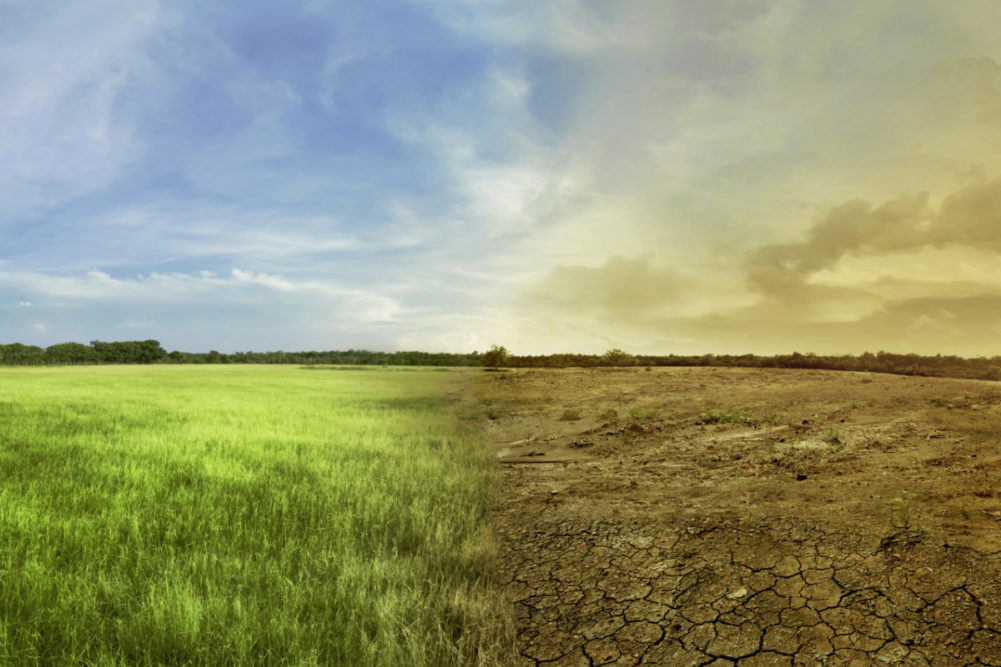KANSAS CITY, MISSOURI, US – “We are in the fight of our lives, and we are losing.”
Those sobering words from The United Nations Secretary General António Guterres set the tone for the annual international climate talks two months ago in Egypt.
 Arvin Donley
Arvin DonleyThe grain industry sees signs of the burgeoning climate catastrophe everywhere. Water levels on the Mississippi River, the United States’ main artery for grain exports, have receded to record lows, limiting the amount of grain that can be transported down the river. Drought also has dropped global grain ending stocks to their lowest level in nearly a decade due to prolonged dry spells in major grain-producing regions.
Although often overlooked in discussions about causes and consequences of climate change, global agriculture is truly front and center in the developing crisis. Despite being responsible for 34% of carbon emissions and seeing production severely impacted by climate change, global agriculture mostly has been on the outside looking in when it comes to climate negotiations.
Fortunately, at the most recent international climate talks, agriculture was central to the discussion. An open letter from an organization representing over 300 million families of farmers and related trades was read at the conference. The warning stressed that global food security will be at risk unless concerned authorities and governments do not raise the bar for small-scale production and promote low-input agriculture.
The question the global grain industry should be asking, in addition to what can be done to slow climate change, is how can we continue to produce enough grain to feed the world if human intervention fails to slow the climate crisis?
Part of that solution will require adopting genetically modified varieties of food grains, particularly wheat. In a recent editorial, I noted that I didn’t think Bioceres’ GM wheat variety, HB4, would be commercialized any time soon, not because it’s unsafe but because enough of the downstream users of wheat, as well as consumers, are opposed to it. If we are serious about maximizing grain production in a world where climate change is hindering grain output, then commercializing drought-resistant GM wheat varieties such as HB4, which has received a stamp of approval from several regulatory bodies, including the US Food and Drug Administration, is a commonsense measure that can make a difference.
Recently, a team of UK scientists concluded that global wheat production could be doubled by the genetic improvement of local wheat cultivars without increasing global wheat acreage. Given the dire circumstances of climate change, how can we say no to that?
Also in England, a discovery made by researchers at the John Innes Centre in Norwich could lead to wheat varieties that are more resistant to drought. They found a height-reducing gene that allows seeds to be planted deeper in the soil, providing more access to moisture.
Even indoor wheat production, despite its high production costs and energy usage, deserves consideration as a supplement to traditional outdoor wheat growing.
Thinking outside the box is a necessity as climate change becomes more entrenched. Conventional crops and conventional thinking won’t be enough to maximize the production needed as we move forward in the 21st century.
Arvin Donley is the editor of World Grain.




